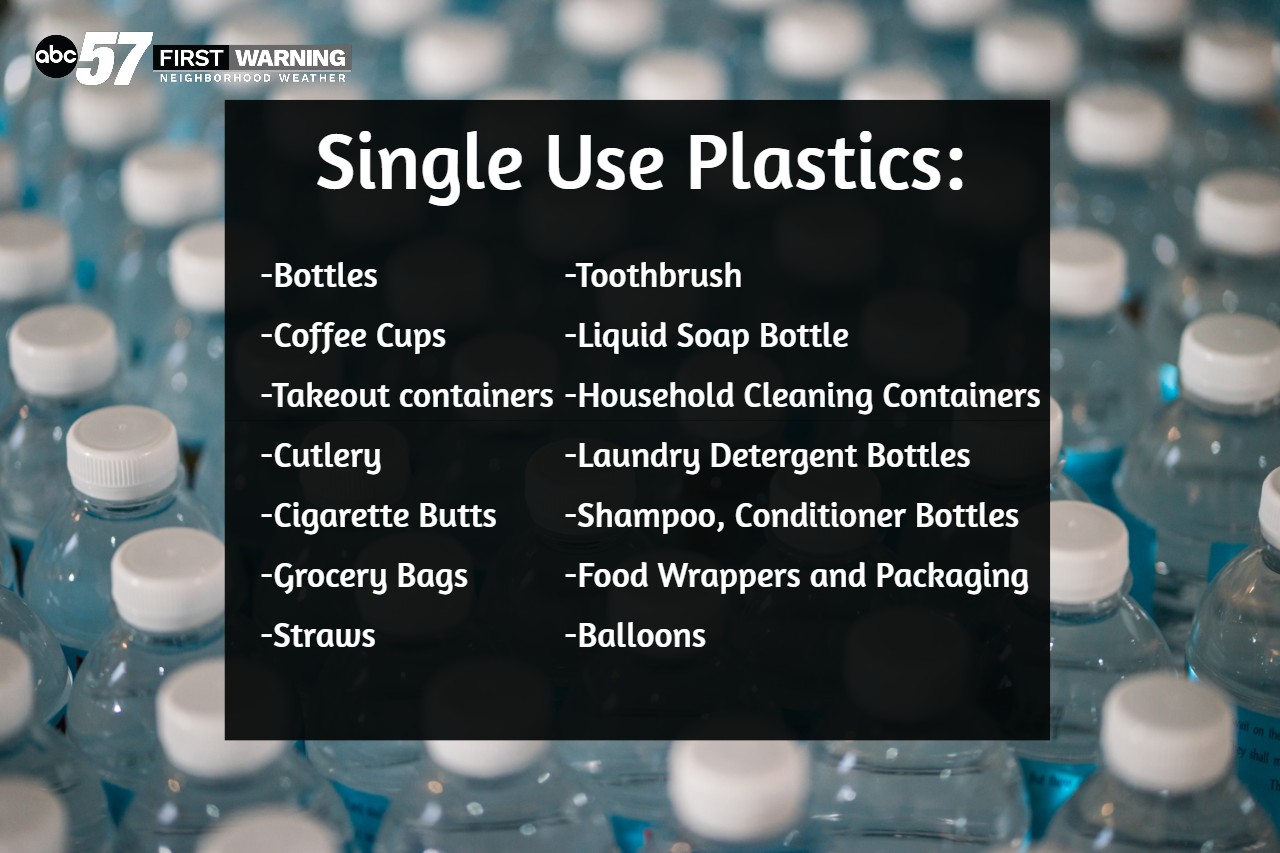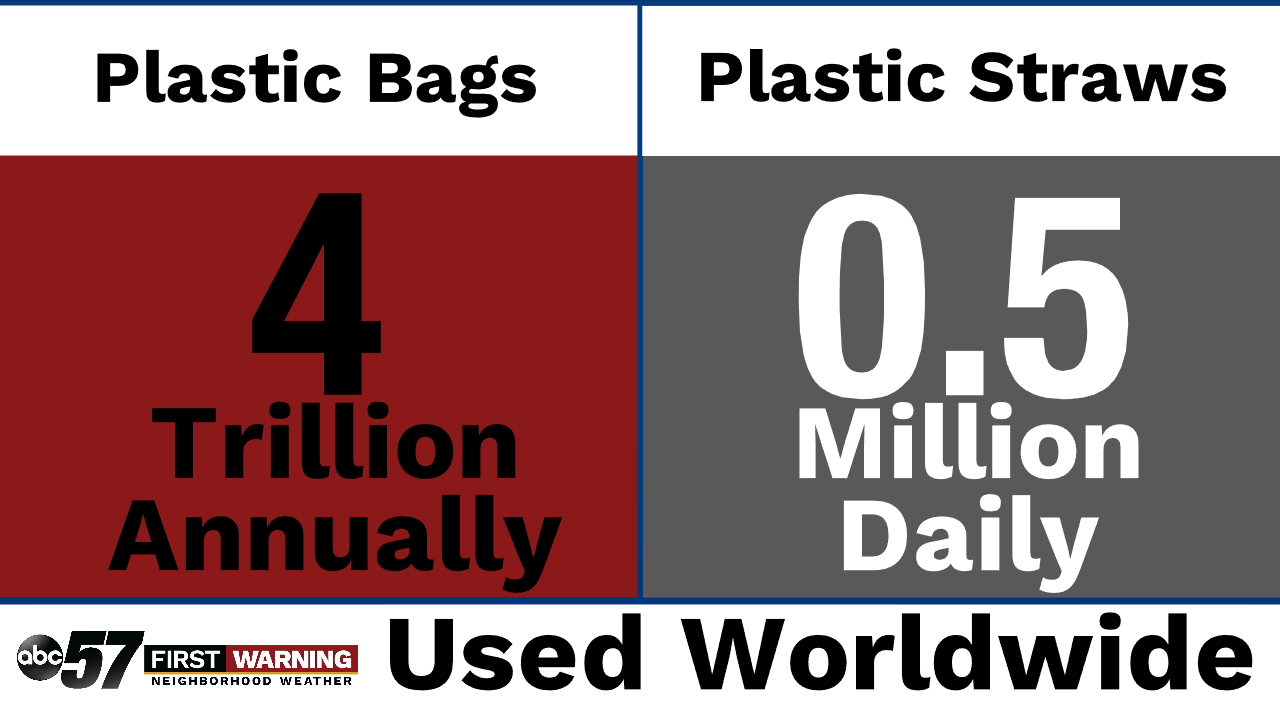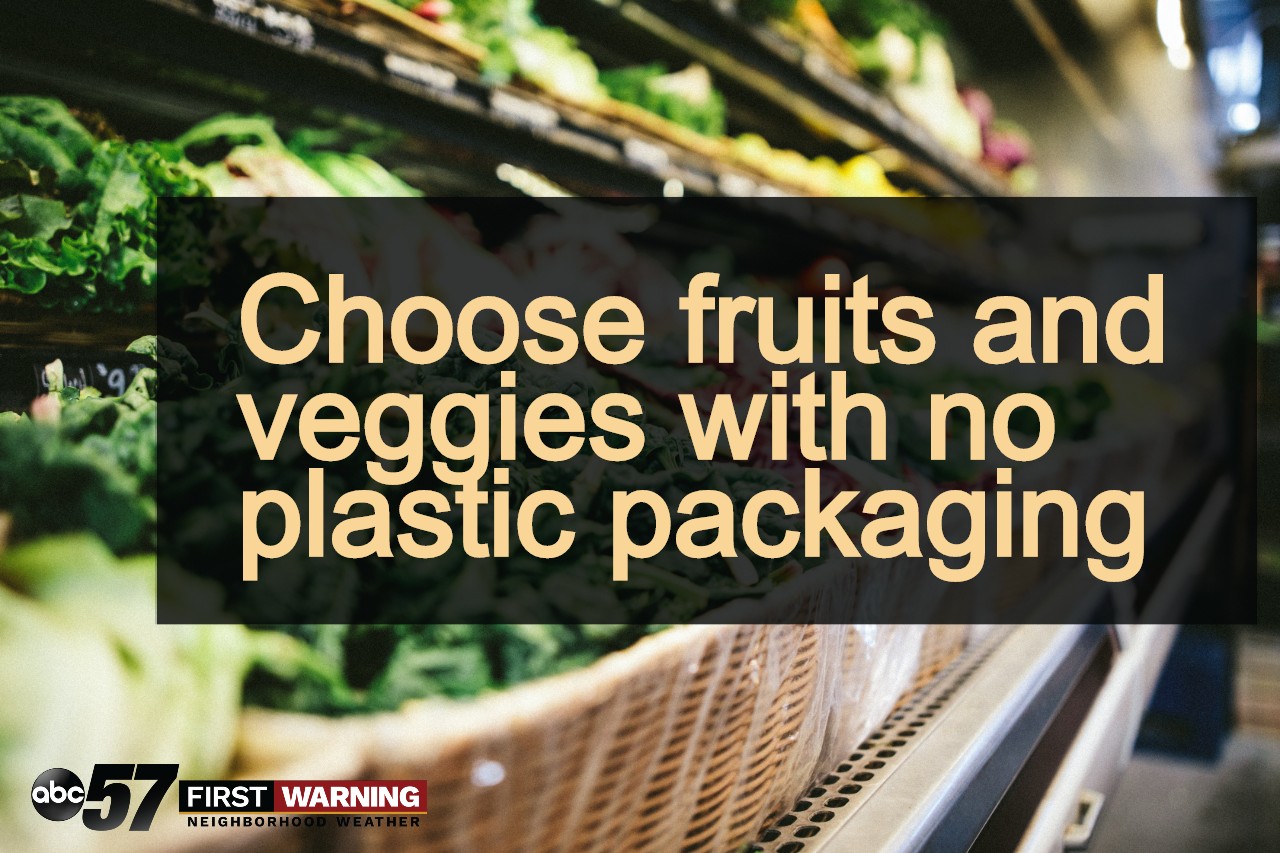Single use plastic statistics and the Plastic Free July challenge
Can you imagine living an entire month without using any plastic? Around the world, over 250 million people did just that by participating in Plastic Free July.
This challenge started in 2011 by the Plastic Free Foundation in Australia. Since then, the challenge has gained momentum. Now, there are participants in 177 countries.
Plastic is so common in our lives that we might not even realize how much we use it. Grocery bags and water bottles are just a few everyday examples.
Single use plastics are designed to be used once and then disposed. Although some can be recycled, many plastics still end up in landfills. Of the 4 trillion plastics bags used annually around the world, less than 1% of those bags are returned to the store to be recycled. Each day, over half a million plastic straws are used around the world, but the straws are so small that they cannot be recycled easily. All of this plastic pollution adds up in our landfills.
These plastic statistics could be the inspiration for many to complete the July challenge and cut down on these numbers.
If you're interested in living plastic free, or just minimizing your plastic consumption, here are some easy tips.
When you go to the grocery store, look for "naked" fruits and vegetables. Food wrapped in plastic might seem convenient (like prepacked bags of salad), but doesn't help the planet. Don't grab a plastic produce bag-- bring your own reusable produce bag or just skip a bag altogether. If you cannot find a specific food without plastic containers, check your local farmers market.
Bring your own whenever possible. This includes reusable shopping bags, reusable water bottles or coffee cups, and metal straws. Keep a few bags in your car all the time so you are prepared for a surprise grocery trip.
Switch from liquid soap (in a plastic bottle) to bar soap. To step up the challenge, you can also try switching to shampoo bars and conditioner bars in the shower. Additionally, you can swap your plastic toothbrush for a bamboo toothbrush.
If you have a celebration, look for sustainable options. Ask friends and family to borrow dishes if you don't have enough at home (this eliminates plastic cutlery and plates). Avoid balloons-- they are also plastic. Opt for decorations like fresh flowers, repurposed fabric, and paper bags.
Did you know glitter and confetti are usually made of plastic? You can make do-it-yourself confetti at home. All you need is a hole-punch and leaves (yes, leaves off of trees). You can store your natural, hole punched leaf confetti in a jar.
It isn't too late to get involved in the challenge-- you can also try to reduce plastic use throughout the year. If you can't reduce, try to reuse plastics or recycle whenever possible.

















